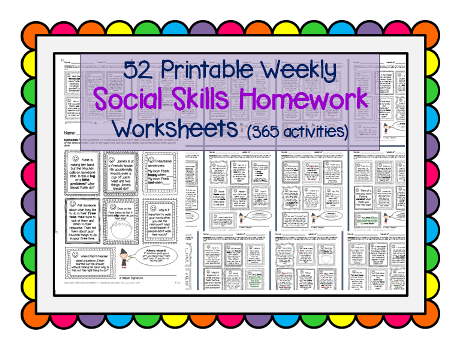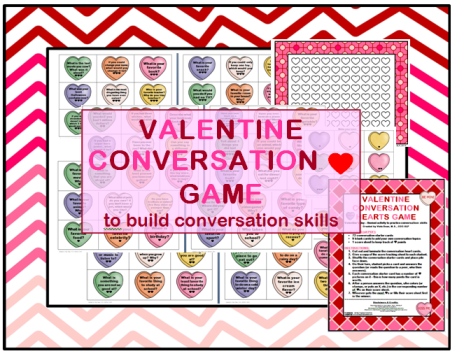 |
| Available here! |
The game boards feature 3-letter words, with one or two of the letters missing. On their turn, students move the Zing Zinger to release two tiles and have to figure out if the letters can be used to create words on their game board. The person to complete their board first is the winner. There are two difficulty levels: one side of the board is missing only one letter (in either initial, medial, or final position), and the other side is missing 1-2 of the letters. One thing that is great about the game boards and plastic tiles is that all vowels are highlighted in red. This makes it very visual for students. Another positive aspect about this game is that the Zing Zinger now has slots on the top so that you can discard your tiles more easily (unlike my other/older version).
 |
| Level 1 - one letter is missing. |
I played this game with my Speech students (Kindergarten through 2nd grade) and we had a lot of fun! This activity was great for practicing basic decoding skills and trying to figure out whether the created word was a real word or a non-sense word (only real words are allowed). Here are some additional ways you could adapt this game for Speech -- many of them targeting phonological awareness skills:
- have students identify the beginning/middle/ending sounds
- have students try to come up with rhyming words
- prior to letting students move the Zing Zinger, ask them about the possible words they could make and which letters they would need
- when students create a word, have them make a sentence using the word
- after students make a word, ask them what other words they could have made if they had had the letter ___ instead
- have students substitute sounds, e.g., "You made the word 'bat'. What word do we get if we say /h/ instead of /b/?"

Level 2 - 1-2 letters missing.
 |
| Zingo! using a document camera |
There are several different Zingo! versions available - Sight Words, Counting, Bilingual... make sure to go check them out here. Also make sure to read my other ThinkFun review of Rush Hour Jr., a great Speech room addition! In a few days, I will be writing about another great game by this company, so stay tuned for more!
~Viola




























